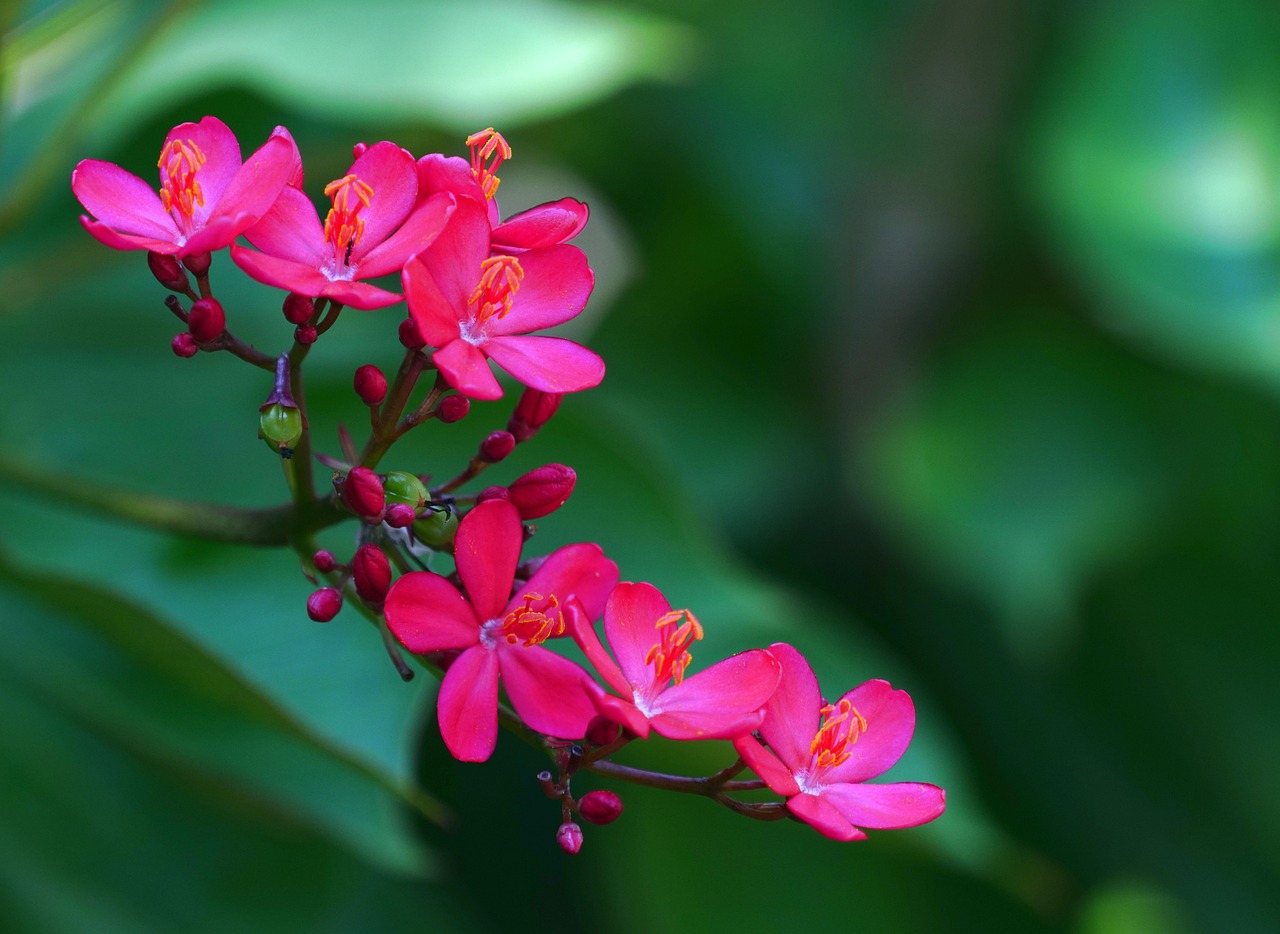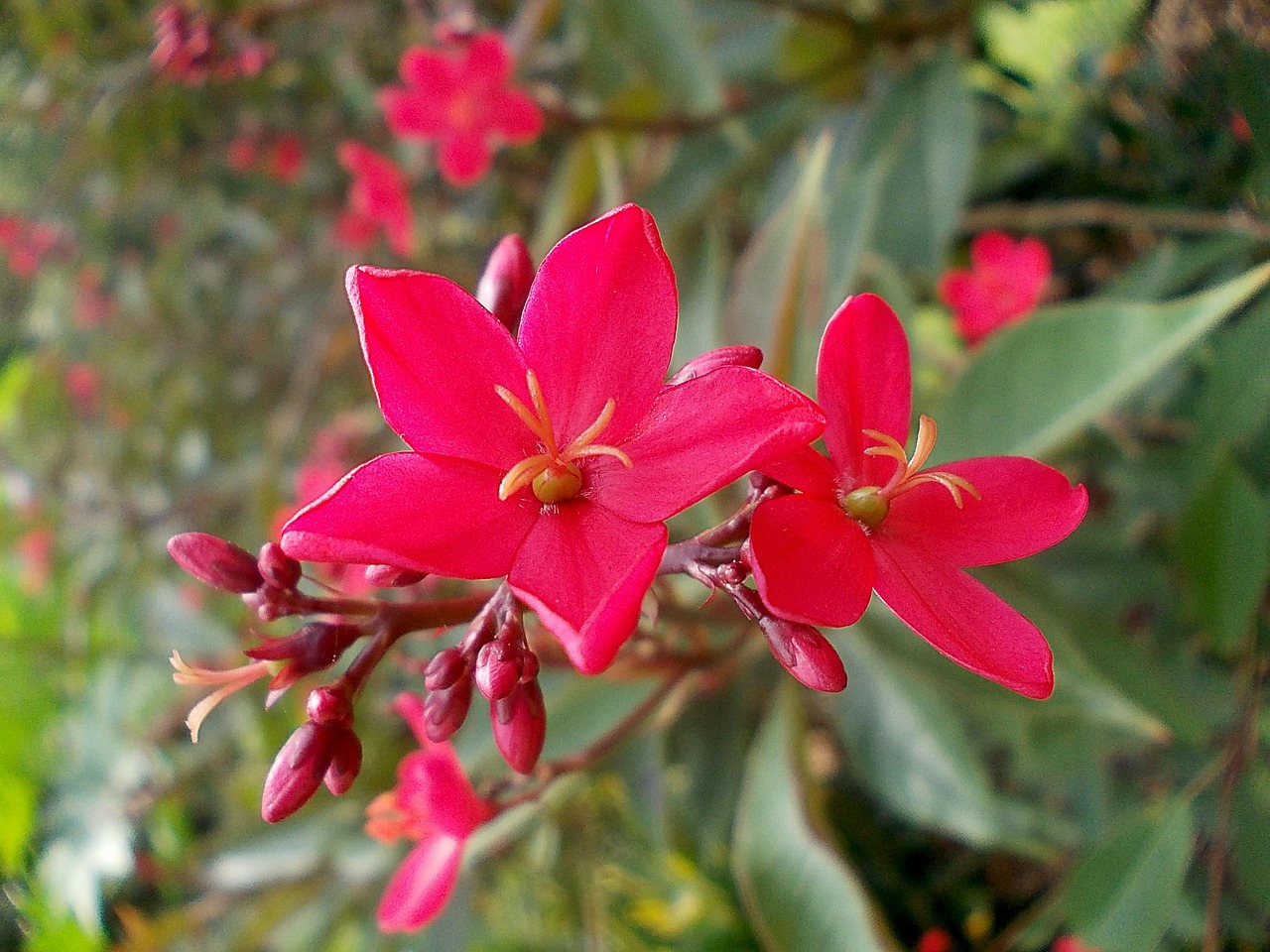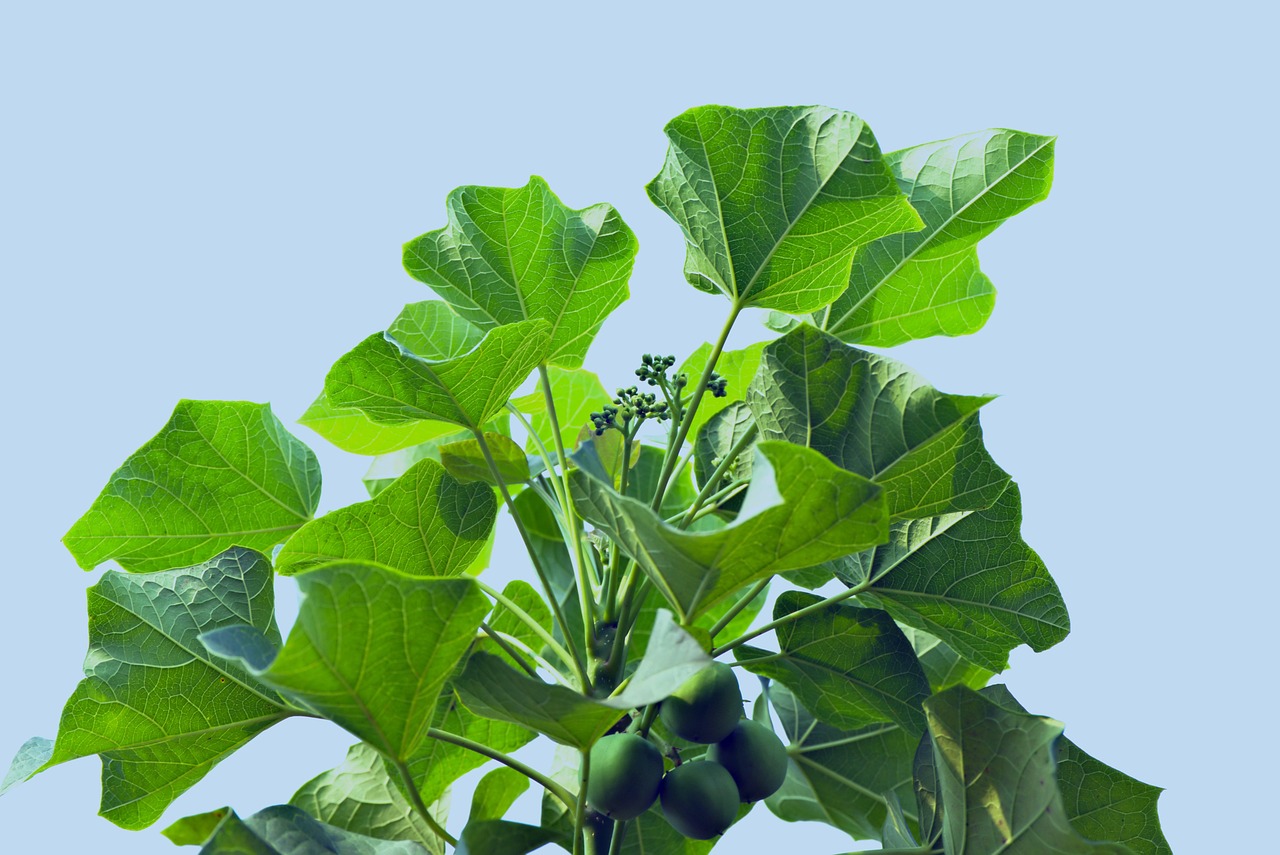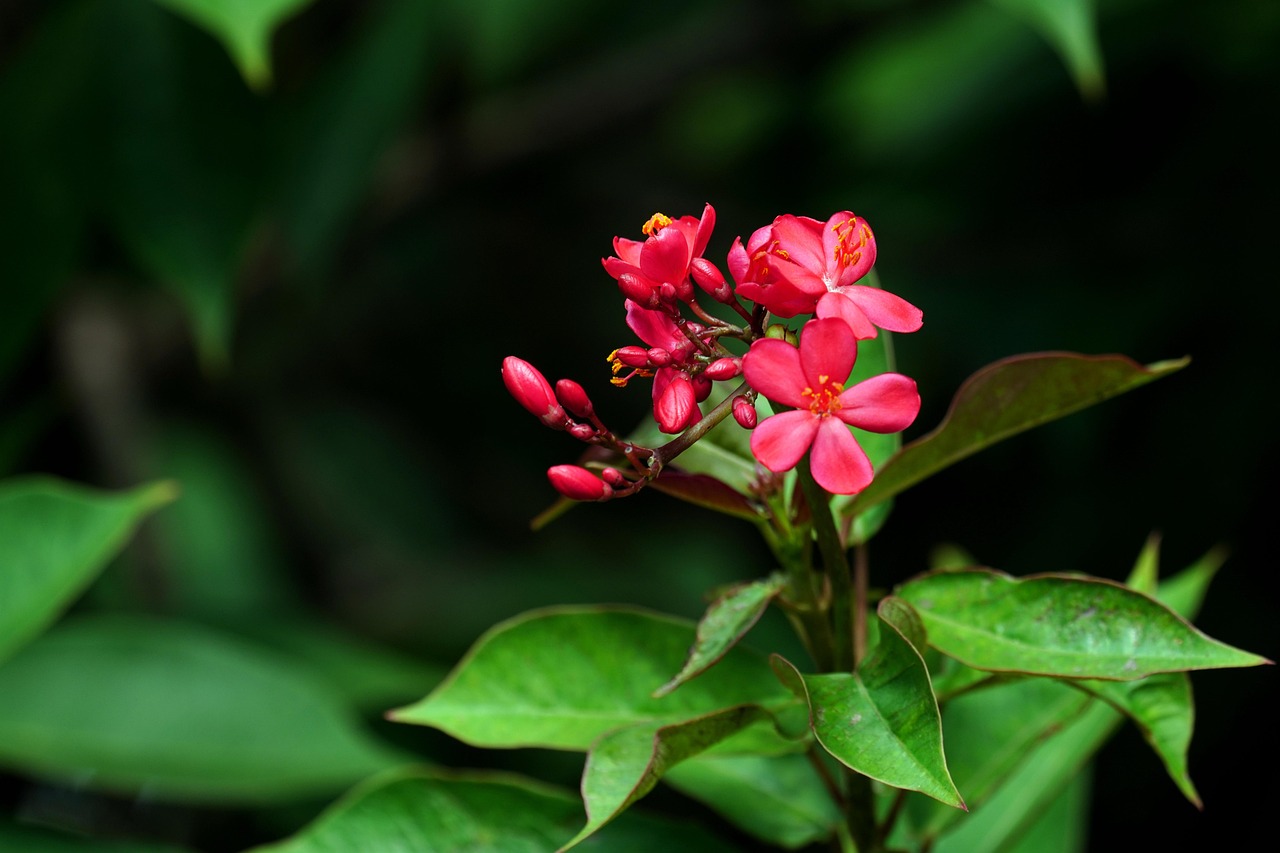The Jatropha tree typically exhibits a growth rate of 1 to 3 meters per year, depending on environmental conditions and cultivation practices. This rapid growth makes it a viable option for biodiesel crop production, as it can yield seeds in 3 to 5 years after planting.
Understanding Jatropha Trees
Jatropha curcas, commonly known as the Jatropha tree, is a drought-resistant plant native to Central America. It has gained significant attention in recent years for its potential as a biofuel source. The seeds of the Jatropha tree contain about 30-40% oil, which can be extracted and processed into biodiesel. This renewable energy source is appealing due to the increasing demand for sustainable fuel options and the need to reduce reliance on fossil fuels.

One of the primary advantages of cultivating Jatropha for biodiesel production is its growth rate. The trees thrive in a variety of soil types and can survive in arid conditions, making them suitable for regions with limited water resources. As a non-food crop, Jatropha does not compete with food crops for land, which is an essential consideration in agricultural sustainability.
Growth Conditions and Factors Affecting Growth Rate
The growth rate of Jatropha trees can be influenced by several factors. Understanding these factors is crucial for maximizing crop yield and ensuring successful biodiesel production. Below are some key elements that affect the growth rate of Jatropha trees:
- Soil Quality: Well-drained sandy or loamy soils are ideal for Jatropha cultivation. Poor soil quality can hinder growth.
- Water Availability: Although Jatropha is drought-resistant, adequate watering during the early stages of growth can enhance its development.
- Climate: Jatropha thrives in warm climates with temperatures between 20°C and 35°C (68°F to 95°F). Frost can damage young plants.
- Pests and Diseases: Regular monitoring for pests and diseases is crucial. Infestations can slow growth or reduce yield.
- Cultivation Practices: Proper planting techniques and maintenance practices, such as pruning and fertilization, significantly impact growth rates.
Growth Rate Metrics
The growth rate of Jatropha trees can vary widely based on the aforementioned factors. Research indicates that under optimal conditions, Jatropha trees can reach their full height of approximately 3 to 4 meters within 3 to 5 years. The following table summarizes various growth metrics for Jatropha trees:

| Growth Stage | Average Height (meters) | Time to Maturity (years) | Seed Yield (kg/tree) |
|---|---|---|---|
| Seedling | 0.5 – 1 | 1 | 0 |
| Juvenile | 1 – 2 | 2 | 0 – 2 |
| Mature | 3 – 4 | 3 – 5 | 3 – 5 |
The table demonstrates that while Jatropha trees begin yielding seeds within two years, their full potential is reached after three to five years of cultivation. This timeline is crucial for farmers and investors considering Jatropha as a biodiesel crop, as it outlines the expected return on investment.
Furthermore, selection of high-yielding varieties can significantly influence both growth rates and oil content in seeds. Research continues to identify the best practices for breeding and cultivating Jatropha trees aimed at maximizing oil production and ensuring sustainable biodiesel output.
In summary, the growth rate of Jatropha trees is influenced by a combination of environmental conditions, soil quality, and cultivation techniques. Understanding these aspects is essential for successful biodiesel crop production and contributes to the overall viability of Jatropha as an alternative energy source.

Propagation Methods for Jatropha Trees
Successful cultivation of Jatropha trees begins with effective propagation methods. The choice of propagation technique can significantly influence growth rates, seed yield, and overall tree health. There are two primary methods for propagating Jatropha: seed propagation and vegetative propagation.
Seed Propagation
Seed propagation is the most common method used for cultivating Jatropha trees. This method involves planting Jatropha seeds directly into the soil. Here are the key steps involved:
- Seed Selection: Choose high-quality seeds from a reliable source. Seeds should be mature and free from pests.
- Seed Preparation: Soak seeds in water for 24 hours before planting. This process can enhance germination rates.
- Soil Preparation: Prepare the planting site by clearing debris and tilling the soil to promote aeration.
- Planting: Plant seeds at a depth of 2 to 5 centimeters. Space them adequately to allow for growth.
- Watering: Water the seeds gently after planting, ensuring that the soil remains moist but not waterlogged.
Using seed propagation can lead to genetic diversity within the crop, which may result in a range of growth rates and oil content in the seeds.

Vegetative Propagation
Vegetative propagation involves using cuttings from mature Jatropha plants. This method can produce uniform plants that inherit desirable traits from the parent tree. The steps for vegetative propagation include:
- Selection of Cuttings: Choose healthy branches from mature Jatropha trees. The cuttings should be about 15 to 20 centimeters long.
- Preparation: Remove leaves from the lower part of the cutting to prevent moisture loss.
- Rooting Hormone: Dip the cut end of the cutting in rooting hormone to encourage root development.
- Planting: Insert the cutting into a pot filled with a well-draining soil mix. Water lightly.
- Establishment: Keep the pots in a shaded area and maintain moisture until roots develop, which usually takes 4 to 6 weeks.
This method is advantageous as it allows farmers to propagate trees with known characteristics, ensuring consistency in growth rates and oil production.
Nutrient Requirements for Optimal Growth
Nutrient availability plays a vital role in the growth rate of Jatropha trees. Proper fertilization practices can enhance growth and increase seed yield. Here are some essential nutrients required for Jatropha cultivation:
- Nitrogen (N): Crucial for leaf development and overall plant vigor. It promotes healthy foliage, which is essential for photosynthesis.
- Phosphorus (P): Important for root development and flowering. It enhances seed formation and oil content.
- Potassium (K): Supports overall plant health and stress resistance. It helps regulate water uptake and improves drought tolerance.
- Micronutrients: Elements such as zinc, iron, and manganese are also necessary in small amounts for optimal growth.
Farmers should perform soil tests to determine nutrient deficiencies and apply fertilizers accordingly. Organic fertilizers, such as compost or manure, can also be beneficial in maintaining soil health.
Pest Management Strategies
Pests can significantly impact the growth rate of Jatropha trees. Effective pest management strategies are crucial for maintaining healthy crops. Below are some common pests that affect Jatropha and strategies to manage them:
- Aphids: These small insects suck sap from leaves. Use insecticidal soap or neem oil to control infestations.
- Caterpillars: They can cause extensive damage by feeding on leaves. Handpicking or using biological controls like parasitic wasps can help.
- Mealybugs: These pests appear as white cottony masses on stems and leaves. Regular inspection and removal can prevent serious infestations.
- Fungal Diseases: Fungal infections can affect plant health. Ensure proper spacing between plants for good air circulation and apply fungicides if necessary.
A combination of cultural practices, such as crop rotation and intercropping, along with chemical treatments when necessary, can help manage pest populations effectively.
By implementing these propagation methods, nutrient management strategies, and pest control measures, farmers can optimize the growth rate of Jatropha trees and enhance their viability as a biodiesel crop. This multi-faceted approach ensures sustainable production practices while contributing to the global effort for renewable energy sources.
Environmental Impact of Jatropha Cultivation
As the demand for sustainable fuel sources increases, the environmental implications of cultivating Jatropha trees for biodiesel production become paramount. Understanding these impacts helps stakeholders make informed decisions regarding land use and sustainability practices. Jatropha cultivation can have both positive and negative effects on the environment.
Positive Environmental Effects
Jatropha trees offer several benefits when planted in appropriate conditions:
- Drought Resistance: Jatropha is well-suited for arid and semi-arid regions. Its ability to thrive in poor soil conditions helps combat desertification and land degradation.
- Carbon Sequestration: Like all trees, Jatropha absorbs carbon dioxide from the atmosphere. This contributes to reducing greenhouse gas emissions, making it a potential ally in climate change mitigation.
- Non-Food Crop: Cultivating Jatropha does not compete with food crops for arable land. It can be grown on marginal lands, allowing for the preservation of prime agricultural areas for food production.
- Soil Improvement: The deep root system of Jatropha can improve soil structure and prevent erosion. Additionally, it can enhance soil fertility through organic matter from fallen leaves.
Negative Environmental Effects
Despite its advantages, Jatropha cultivation can also pose environmental challenges if not managed correctly:
- Invasive Species Potential: In some regions, Jatropha may become invasive, outcompeting local flora and disrupting ecosystems. Careful monitoring is needed to manage its spread.
- Water Usage: While Jatropha is drought-resistant, initial establishment requires adequate water. In areas facing water scarcity, this could lead to competition for limited resources.
- Pesticide Use: The need for pest management may lead to chemical pesticide applications, which can negatively affect local biodiversity and soil health if not used responsibly.
Economic Viability of Jatropha Cultivation
The economic aspects of Jatropha cultivation are vital for farmers and investors considering its potential as a biodiesel crop. Understanding the financial implications can help gauge the profitability of growing Jatropha trees.
Cost Considerations
Several costs are associated with establishing and maintaining a Jatropha plantation:
- Initial Investment: Costs include land preparation, seed or cutting procurement, labor for planting, and irrigation setup.
- Nutrient Management: Regular application of fertilizers and soil amendments can add to operational costs, especially in nutrient-deficient soils.
- Pest Control: Ongoing pest management measures, including chemical or organic treatments, will also impact overall expenses.
- Maintenance Costs: Pruning and other maintenance activities are essential for optimizing growth and yields.
Potential Returns on Investment
The potential profitability of Jatropha cultivation largely depends on yield per hectare and market prices for biodiesel and Jatropha oil. Here are some key factors that influence returns:
- Seed Yield: The average seed yield from mature Jatropha trees can range from 1 to 5 tons per hectare annually. Yields depend on growth conditions and management practices.
- Market Demand: The viability of biodiesel production from Jatropha is closely tied to market demand for renewable energy. Fluctuations in oil prices can affect profitability.
- Value-Added Products: Beyond biodiesel, Jatropha seeds can be processed into animal feed or used for biofertilizers, adding further economic value.
Global Perspectives on Jatropha Cultivation
The cultivation of Jatropha trees varies globally based on regional climates, agricultural practices, and energy policies. Several countries have actively promoted Jatropha as a renewable energy source.
Africa
Africa has emerged as a key region for Jatropha cultivation due to its vast arid and semi-arid lands. Countries like Tanzania and Senegal have implemented programs aimed at developing Jatropha as a sustainable biofuel crop. These initiatives often focus on community involvement, providing local farmers with training and resources.
Asia
In Asia, India has been one of the pioneers in promoting Jatropha cultivation for biodiesel production. The Indian government has launched various projects to encourage farmers to grow Jatropha as part of their energy independence strategy. Research institutions are also exploring improved varieties and agronomic practices to enhance yields.
Latin America
Latin American countries like Brazil have recognized the potential of Jatropha as a bioenergy crop. Initiatives focus on integrating Jatropha cultivation with existing agricultural systems, looking at synergistic benefits in terms of land use and biodiversity preservation.
This global perspective highlights the diverse approaches to cultivating Jatropha trees while addressing economic, environmental, and social challenges. As research continues to evolve, so too will the strategies employed in different regions to optimize the growth rate and sustainability of this promising biodiesel crop.
Future Prospects for Jatropha Cultivation
The future of Jatropha cultivation as a biodiesel crop appears promising, driven by ongoing research, technological advancements, and increasing global interest in renewable energy sources. As countries aim to reduce carbon emissions and dependence on fossil fuels, the potential of Jatropha to contribute to these goals becomes more significant.
Advancements in Research and Technology
Research into Jatropha continues to evolve, focusing on various aspects that can enhance its viability as a biodiesel crop:
- Genetic Improvement: Breeding programs are underway to develop high-yielding varieties with improved oil content and resistance to pests and diseases. Genetic modification may also play a role in enhancing drought tolerance and growth rates.
- Agroecological Practices: Research is discovering sustainable agricultural practices that reduce input costs while maximizing yields. These include intercropping, organic farming techniques, and precision agriculture.
- Processing Technologies: Innovations in the extraction and processing of oil from Jatropha seeds are being explored. More efficient methods can lower production costs and improve the overall economic feasibility of biodiesel production.
- Biofuel Blending: Studies are examining the blending of Jatropha biodiesel with other renewable fuels to enhance fuel properties and compatibility with existing infrastructure.
Policy Support and Investment
Government policies play a crucial role in shaping the future of Jatropha cultivation. Supportive regulations can facilitate investment in research, development, and infrastructure:
- Subsidies and Incentives: Financial support for farmers who cultivate Jatropha can encourage more widespread adoption. This includes subsidies for seeds, fertilizers, and processing facilities.
- Research Grants: Governments can provide funding for research initiatives that focus on improving Jatropha cultivation practices and technologies.
- International Collaborations: Partnerships between countries can facilitate knowledge sharing and access to technology, further enhancing the potential of Jatropha cultivation on a global scale.
Challenges Ahead
Despite the promising potential of Jatropha as a biodiesel crop, several challenges remain that must be addressed:
- Market Fluctuations: The biodiesel market can be volatile, influenced by changes in oil prices and shifting energy policies. This unpredictability can deter investment in Jatropha cultivation.
- Land Use Conflicts: As demand for biofuels increases, competition for land may rise. Balancing Jatropha cultivation with food production is essential to avoid exacerbating food insecurity.
- Technical Knowledge Gap: Many farmers may lack access to the technical knowledge needed for successful Jatropha cultivation. Training programs and resources are necessary to empower local growers.
Final Thoughts
The growth rate of Jatropha trees is a critical factor influencing their viability as a biodiesel crop. With the ability to produce oil-rich seeds in just a few years, Jatropha presents an attractive option for renewable energy production. The combination of its drought-resistant nature and adaptability to marginal lands makes it particularly suitable for regions facing environmental challenges.
As stakeholders continue to explore the agricultural practices, economic implications, and environmental impacts associated with Jatropha cultivation, it is essential to adopt a holistic approach. Emphasizing sustainable practices while maximizing yield potential will be key to ensuring Jatropha’s role in the future energy landscape.
In conclusion, Jatropha trees hold significant promise for contributing to global biodiesel production. By addressing the challenges ahead through research, policy support, and community engagement, it is possible to harness the full potential of this remarkable crop. As advancements continue, Jatropha may well become a cornerstone of sustainable energy solutions worldwide.
